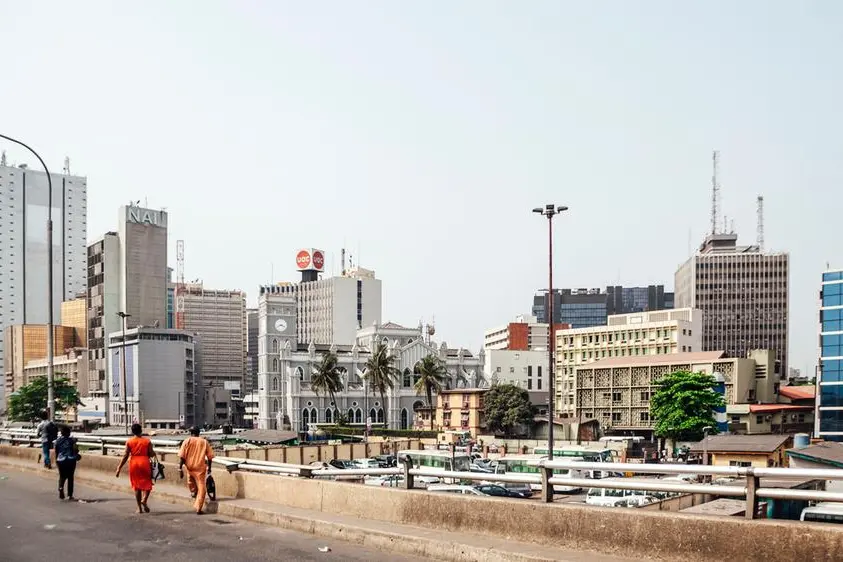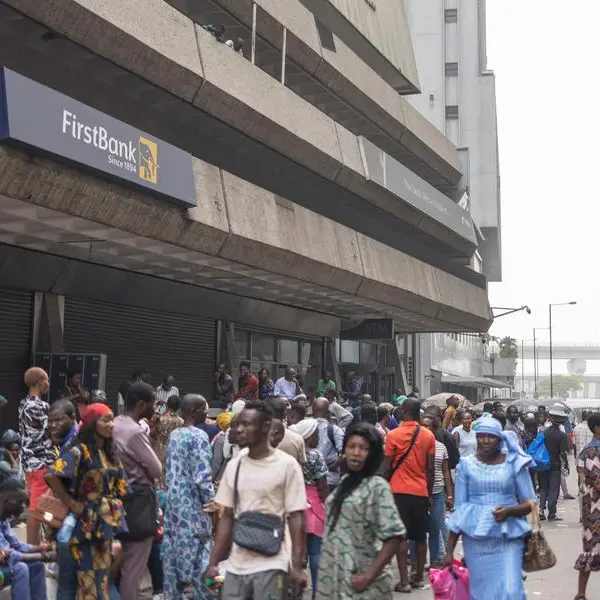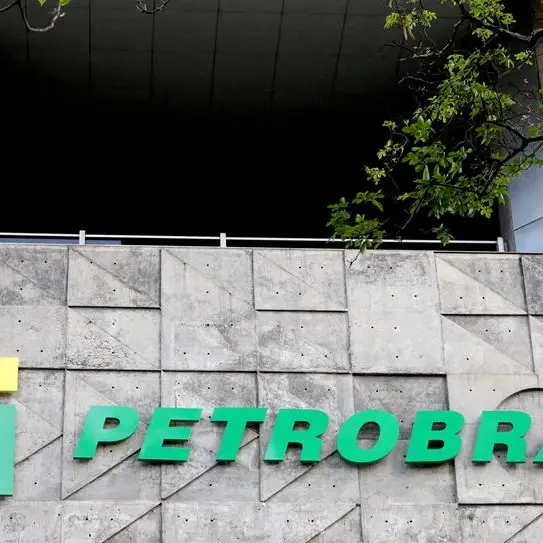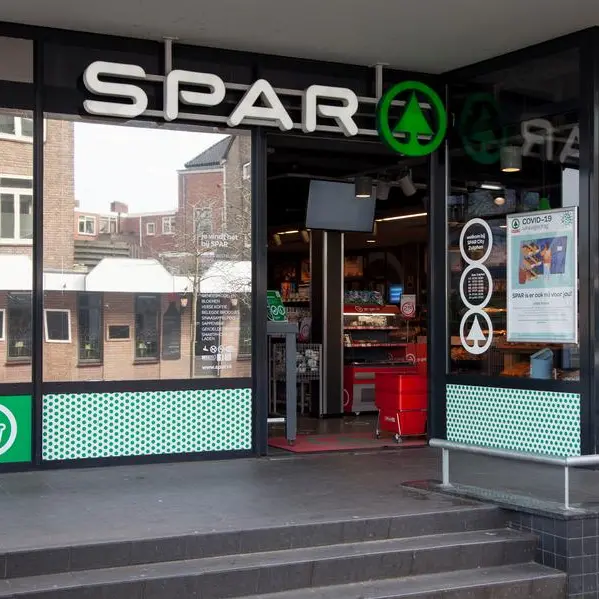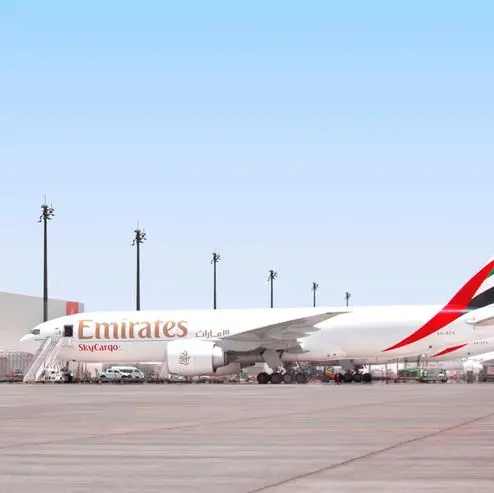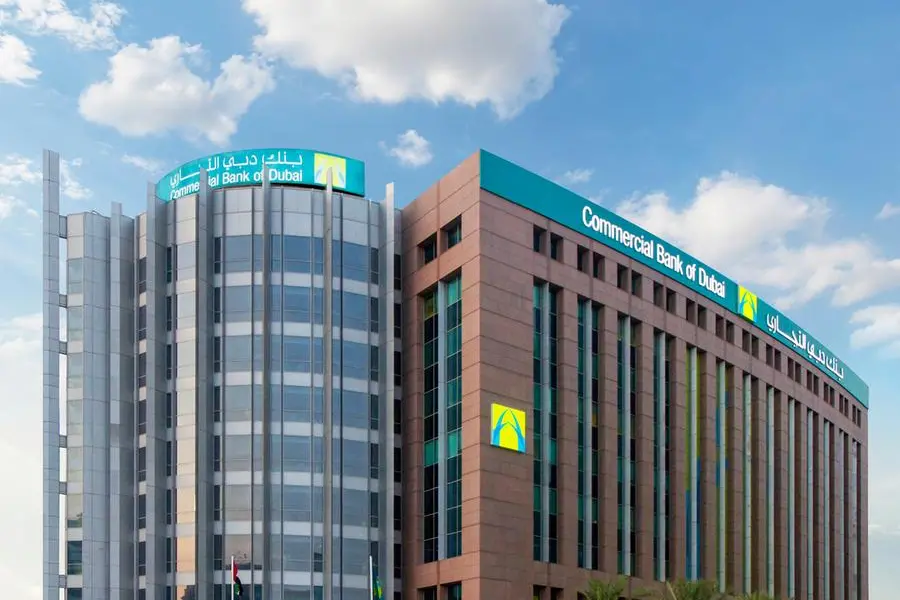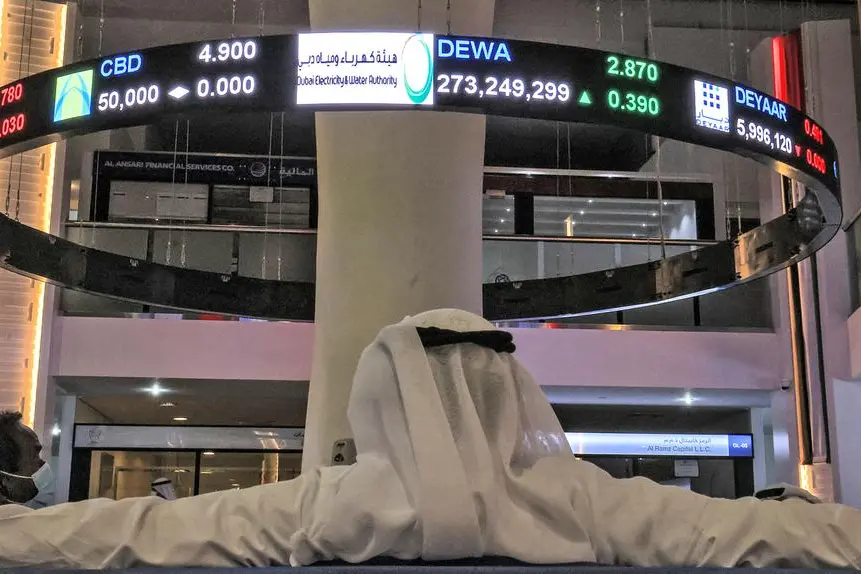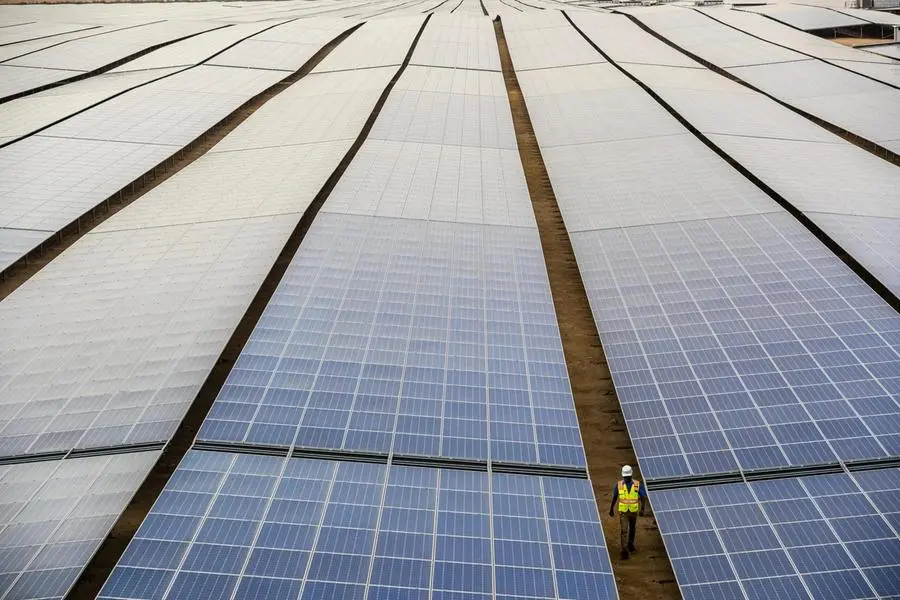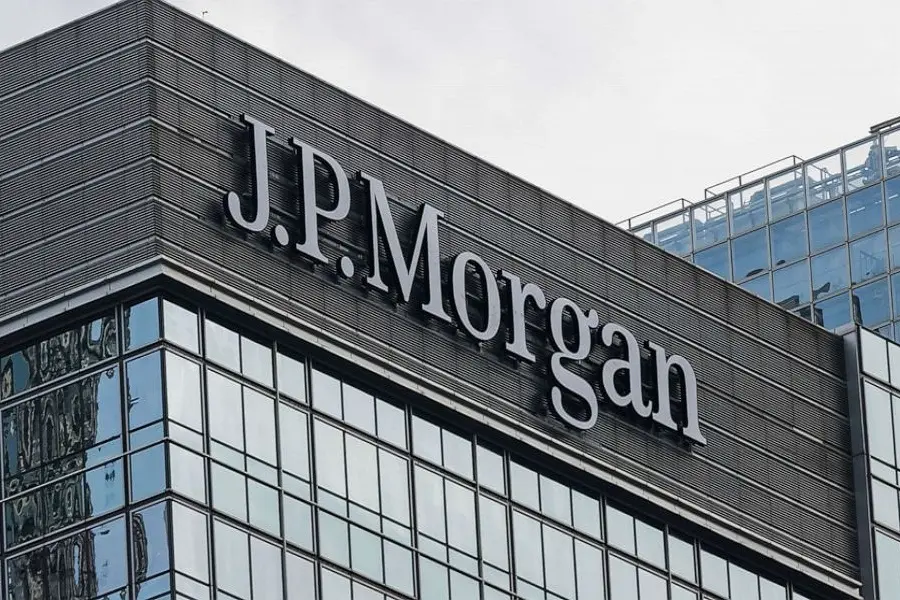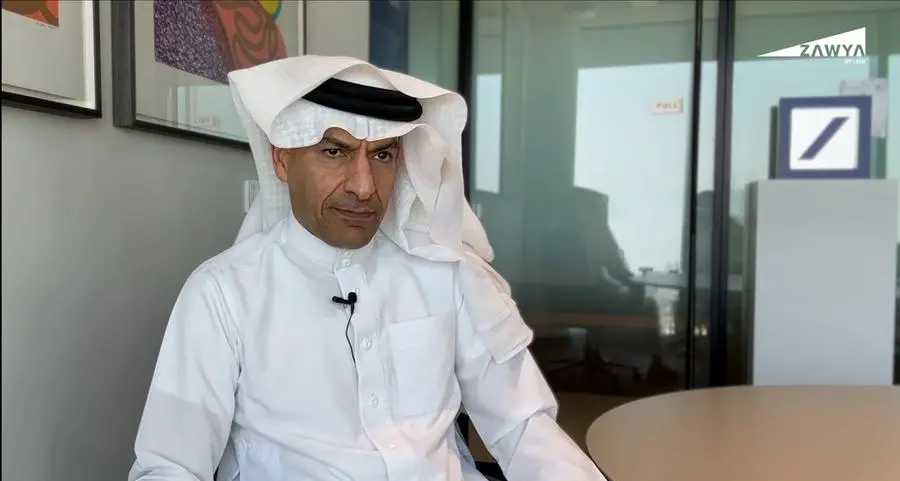PHOTO
In the absence of significant inflows last week, market liquidity faced a deficit, compelling Deposit Money Banks (DMBs) to borrow N1.53 trillion from the Central Bank of Nigeria (CBN) through the Standing Lending Facility (SLF).
Consequently, interbank rates surged, with the Open Repo Rate (OPR) and the Overnight rate (O/N) increasing by 3264 basis points (bps) and 3012bps to 32.06 percent and 32.53 percent, respectively.
Demand for Nigerian Treasury bills was minimal, particularly for the maturities on February 6, March 6 and June 5, 2025. Despite this, the average yield increased by 380bps week-on-week to 22.69 percent.
Related PostsStanbic IBTC leads nine other banks in capital importation into Nigeria in Q1 2024Insurance Brokers campaign against market infernosFUGAZ vs AZFEUG: Leading Tier-1 banks emerge in 2024
Data from the CBN indicated that banks borrowed N1.53 trillion on July 4, significantly higher than the N11.13 billion borrowed on the same date in 2023.
The SLF is a short-term lending facility for commercial and merchant banks to access liquidity for their operations. The CBN lends money through the SLF at an interest rate of 100 basis points above the Monetary Policy Rate.
According to a document from the CBN website titled, ‘Standing Facilities and Liquidity Management in Nigeria: Progress so Far and Challenges Under an IT Environment,’ standing facilities (deposit and lending) are instruments of liquidity management. They allow banks to invest surplus funds overnight and provide liquidity when the market is short.
The CBN has raised its benchmark interest rate, the Monetary Policy Rate (MPR), by 750 basis points to 26.25 percent in May 2024, up from 18.75 percent in July 2023, to combat inflation, which stood at 33.95 percent in May 2024.
Since Olayemi Cardoso became governor, the CBN has issued over N1.5 trillion in Open Market Operation (OMO) bills to control inflation and support the Naira. Analysts suggest that banks may be facing short-term liquidity shortages, necessitating more borrowing from the CBN to meet obligations such as withdrawals and loan funding.
Ayokunle Olubunmi, Head of Financial Institutions Ratings at Agusto Consulting, remarked: “We are currently experiencing an illusion of money. In absolute terms, the amount appears lower.”
He explained that while the figures might seem substantial, converting them to dollars and comparing their value to three years ago reveals a significant decline.
Olubunmi noted that the banking sector regulator’s tightening of liquidity has driven banks to seek funds from the CBN window.
The Central Bank’s adjustments to monetary policy, including raising interest rates and tightening credit conditions, have prompted banks to rely more on Central Bank lending.
In its February 2024 Monetary Policy Committee (MPC) meeting, the CBN raised the Cash Reserve Ratio (CRR) for banks from 32.5 percent to 45.0 percent. In March 2024, it adjusted the CRR for merchant banks from 10.0 percent to 14.0 percent.
Copyright © 2022 Nigerian Tribune Provided by SyndiGate Media Inc. (Syndigate.info).
